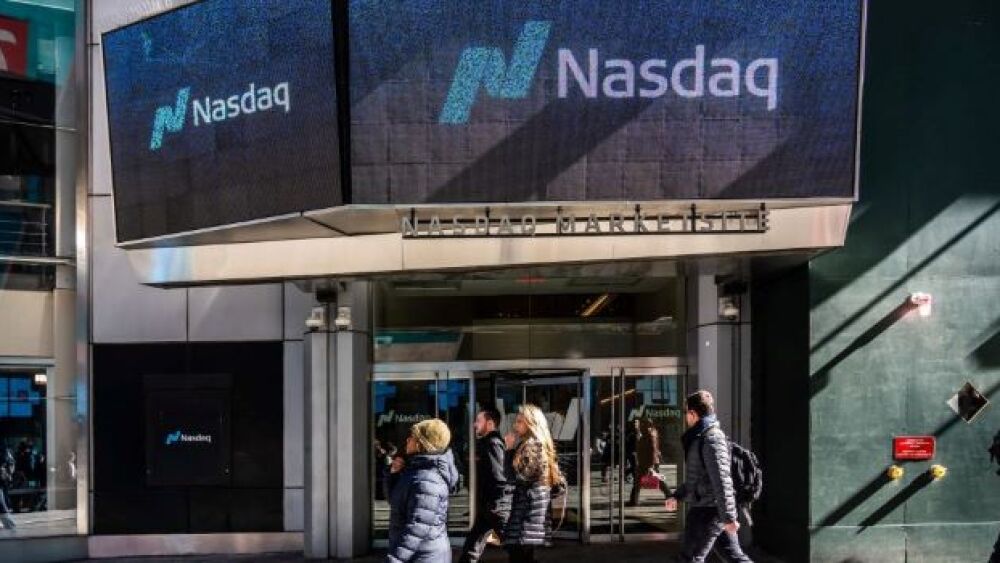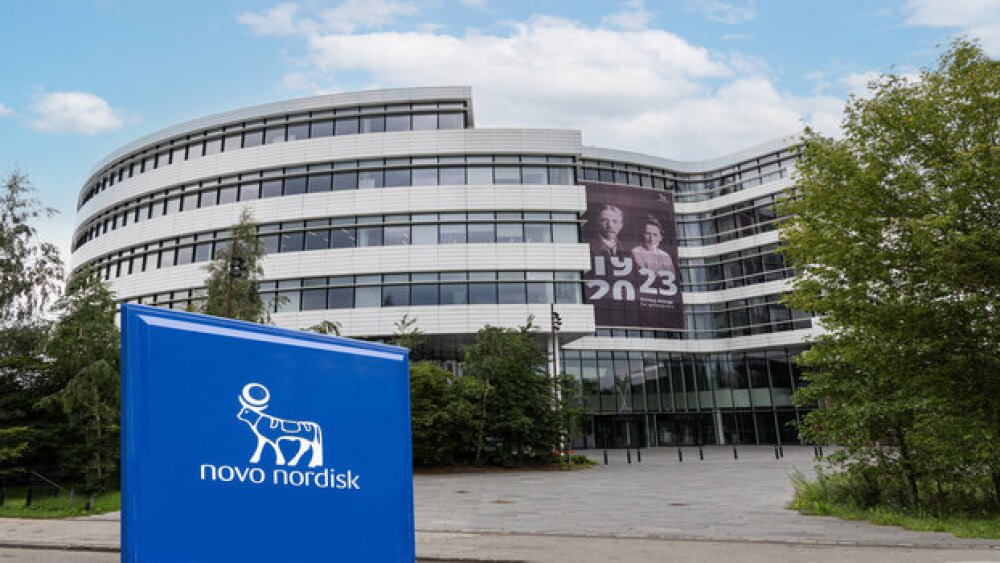Biotech companies are facing sharp declines in stock prices, while venture capital and private equity are experiencing increases. BDO Life Sciences’ Lance Minor sat down BioSpace’s Gail Dutton.
Alex Tai/SOPA Images/LightRocket via Getty
Sharp declines in stock prices for certain biotech companies coupled with significant increases in venture capital and private equity paint a picture of 2021 that, to paraphrase Charles Dickens’ A Tale of Two Cities, “…was the best of times. It was the worst of times.”
To discuss what’s likely for 2022, BioSpace caught up with Lance Minor, principal and national co-leader of BDO Life Sciences. For context, consider these findings from BDO’s recently-published Biotech Brief, Winter 2022.
- The 20 largest companies on the NBI had an average return of 27.6%.
- Small-cap biotechs’ stock prices dropped 17% and mid-cap stocks dropped 7%. (Year-to-date, the Nasdaq Biotech Index (NBI) has declined more than 10%.
- 20% of companies on the NBI saw their market capitalization fall below $ 200 million – the threshold to be listed on that index.
- Private equity and venture capital increased 113% (but that trend may change this year).
- Cash and marketable securities increased by 11% for large-cap companies, 21% for mid-cap companies and 50% for small-cap companies.
- Only 6% of companies are planning IPOs in 2022, compared to 24% in 2021.
BioSpace (BSP): Which, if any, of the findings from the report surprised you?
Lance Minor (LM): One of the findings that was most surprising for me had to do with the small-cap biotech companies. To be added to the NBI reconstitution in December, biotech companies needed a market capitalization of at least $200 million. Interestingly, by early February 2022, a full 20% of companies on the NBI saw their market capitalization fall below that threshold. That highlights how sharp the market decline has been over the past 16 months, despite recent recoveries.
BSP: What’s driving the drop in stock prices?
LM: Overall economic factors, such as supply chain challenges and the Federal Reserve’s monetary policy guidance, are cooling investor confidence and bringing stock prices down. When looking at the biotech market specifically, we’re seeing more money move into venture capital and private equity as opposed to the stock market.
What’s interesting is that stock price behavior on the NBI varies significantly based on the size of the biotech in question. The discrepancy between the gains by large-cap biotechs and the declines by small- and medium-sized companies is likely due to large-cap biotechs being more likely to have the means to capitalize on COVID-19-related opportunities in spite of COVID-related challenges across their commercial portfolio.
BSP: How will the biotech sector be affected by supply chain disruptions?
LM: With supply chain disruptions ongoing, biotech companies will continue to see impacts to their ability to access raw materials and supplies and to source manufacturing capacity. We can expect to see these disruptions worsen in the near future as major port cities in China, such as Shanghai, are locked down and geopolitical conflicts in other parts of the world continue to impact global supply chains.
Ultimately, these ongoing supply chain challenges could lead to permanent changes in where biotechs source certain supplies.
BSP: How will climbing interest rates for the Federal Reserve and for bond markets affect the industry?
LM: Any time interest rates change significantly, you can expect to see a strong impact on company valuations. We expect the Federal Reserve to increase interest rates at a faster pace to combat inflation, making bonds more expensive. As a result, biotechs are likely to borrow less money as the cost of borrowing increases, thus leading to less funding to invest in their own companies.
Lower valuations could make biotechs more attractive prospects for a merger or acquisition, however. The life sciences industry as a whole has big plans for M&A in 2022: 33% of life sciences CFOs are planning to pursue M&A this year. At the end of the day, increasing interest rates could lead to greater consolidation in the biotech space.
BSP: After the raw materials shortages experienced during the pandemic, are biotech industries embracing the trend toward national self-sufficiency?
LM: The disruptions we’ve seen over the last two years have pushed many countries, including the U.S., to reconsider how much they rely on global supply chains. In the U.S., many companies are considering on-shoring or near-shoring supply chains, prioritizing manufacturing near their customer bases.
While this trend is expected to continue nationwide, biotechs and other life sciences companies face added challenges: the raw materials needed for many medications and treatments, such as active pharmaceutical ingredients (APIs), are mainly sourced from China and other Asian countries. While the U.S. could build up its supply of API and protein production, these capital investments take three to five years to build and license for GMP production. As a result, we can’t expect the U.S. to become self-sufficient in supplying bulk medicines overnight.
BSP: What is the current challenge around drug fraud?
LM: Drug fraud - in particular, the dissemination of counterfeit drugs - is a serious issue for the life sciences industry because the consequences can be fatal. According to the 2022 BDO Life Sciences CFO Outlook Survey, nearly 1-in-5 life sciences CFOs said that fraud protection would be their biggest supply chain management challenge in 2022, aside from dealing with continued COVID-19 disruptions.
Part of the difficulty with supply chain management is a lack of transparency - if you can’t see into every part of your supply chain at all times, it’s nearly impossible to know for sure that a shipment of drugs hasn’t been switched out for a counterfeit.
Fortunately, there are solutions to this problem, one of which is blockchain technology. By using blockchain to manage the supply chain, a company can create a permanent and unalterable record of data pertaining to each drug shipment. If the shipment is altered in any way, that information will show up in the blockchain, notifying the company immediately that the shipment has been tampered with. Life sciences CFOs already see the benefits of blockchain - 41% of CFOs said they’re currently investing in blockchain, and 37% plan to invest in it over the next year.







